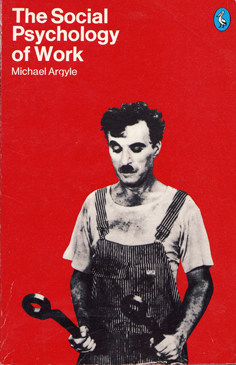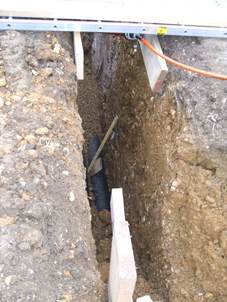On 4 March 2010, the Work Injured Resource Connection conducted a forum in South Australia. Several politicians who have expressed an interest or have an active interest in workers’ compensation were present.
Part of the forum has been uploaded on Youtube and is included below. The speaker in this video, Robert Brokenshire, represents the Family First party in the South Australian Parliament. Much of this part of his presentation reflects public statements that Brokenshire and others have made in relation to the State’s workers’ compensation system. Continue reading “Workers’ compensation forum online – excerpt”

 In February 2010, the New York Times ran an
In February 2010, the New York Times ran an 
